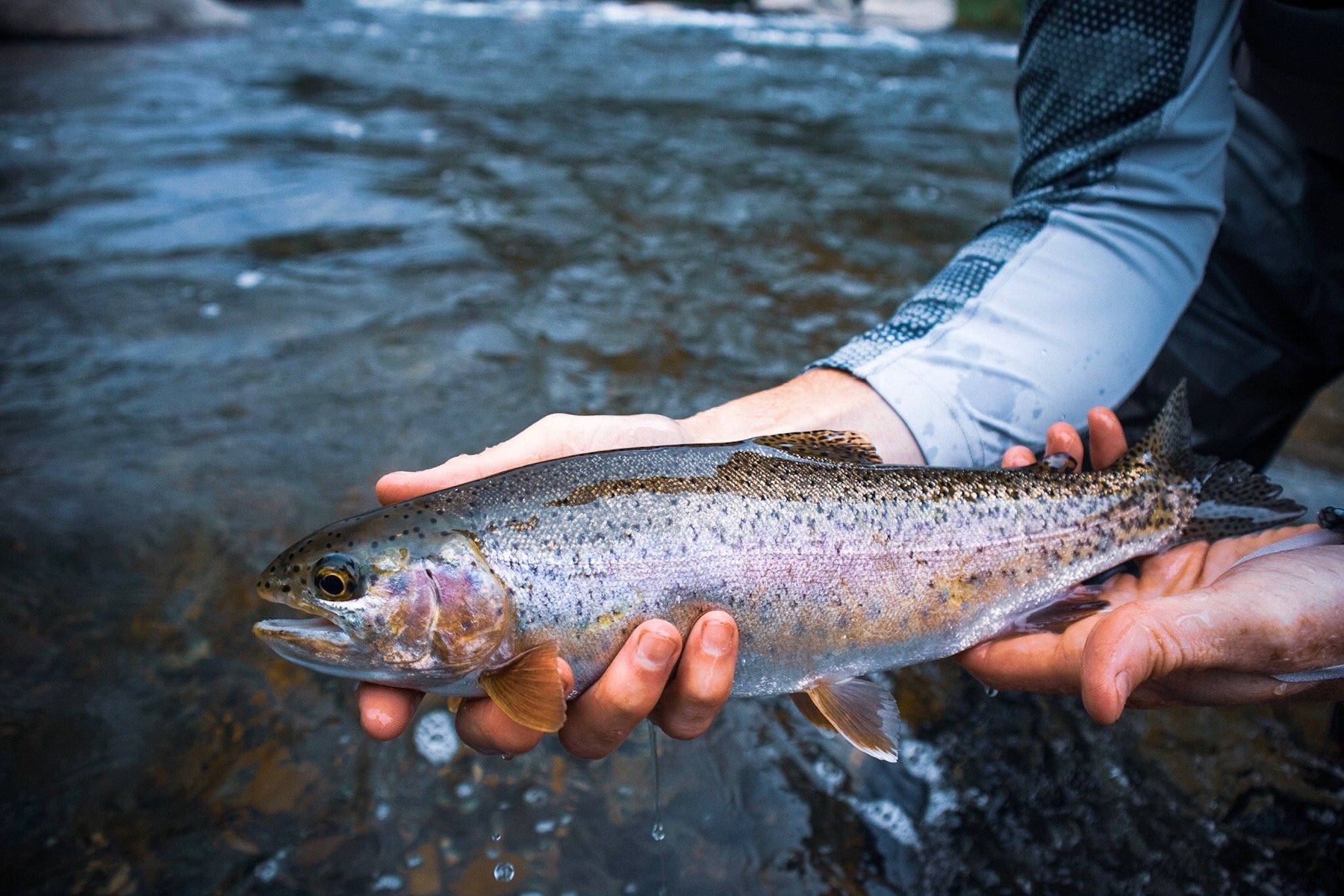There's somewhat of an unwritten rule in fishing, call it a gentleman's agreement of sorts. You simply don't burn your spots or what you're using to catch 'em on. It's a technique... philosophy... I'm not sure what you'd refer to it as. But if you go to any body of water where fish are involved, i guarantee you'll run into someone who either refuses to talk to you or will give you cryptic clipped answers when discussing the fishing.
One of my earliest introductions to this.. style, was on a densely packed stretch of creek in the Lehigh Valley about 9 years ago. I had just started fly fishing in earnest and was really struggling to figure out the sport. I essentially had my head up my ass, I probably couldn't tell you the difference between a leader and the fly line itself. Out of the 20 or so fisherman out on this stretch that morning, there was only one older gentleman with a fly rod. Curious and itching to figure this shit out, and to stop looking like a child being attacked by a cloud of wasps, I moved on over to him and tried to strike up a conversation. Looking back now, the answers I got ranged from insulting to downright offensive. I mean, who tells a budding fly fisherman, who can clearly see the flies you have tied on, that you're using live bait. To a buddy, or to me in my current stage of fly fishing, it's kind of funny. To a rookie, it could be enough to make them pack up the fly rod for good. To each their own I guess, but from that day on I made a point to share with anyone who strikes up a conversation on the water.
One of my favorite parts about the sport of fly fishing is the intensity and drive that a lot of people display in order to learn. What's even better is the willingness with which experienced anglers share their passion for the sport. Because of some of my experiences, I'm probably a little too forthcoming with what I share. If you see me on the water and you want to know what's biting, I'll probably hand you a couple flies, put you in the spot i'm fishing, and keep coaching you until you're hooked up.
So, what's the moral of this story? First, it's okay to talk to fellow fisherman on the water and get their view on things. That's how we learn and establish connections between what we're doing and why it is or isn't working. Second, a slight nudge in the right direction could cause a young fisherman to fall in love with the sport. The more people who care about our water ensures a level of protection in the future right? Finally, I wanted to share my personal philosophy as a precursor to posting a rig that's been fishing really well for me on every stretch of water the last 2 weeks in the Lehigh Valley. Hopefully this'll put some fish in your net!
Going off of our tightline nymphing setup posted last week as a reference.. The top dropper fly is either a Kelly Galloups Improved BWO nymph or a Tim Barker inspired purple midge pattern. (I can't seem to find his original tie on his site so I'll just link his homepage. He's got thousands of patterns on there that are AWESOME, check it out). In general I'll fish the BWO nymph on cloudy / rainy days or when I see some BWOs starting to emerge. On sunnier days or when I see a lot of midges I'll fish the purple midge emerger.
Purple Emerger
Pheasant Tail Nymph
The bottom dropper has been my most consistent producer and is another phenomenal tie by Kelly Galloup. One major difference between my Hares Ear and Kelly's is I went with a small gold rib instead of the krystal flash. For some reason the pickier fish just weren't feeling the flash and I didn't notice a difference on the easier stretches of water. I think this style of HE is suggestive of a variety of mayflies, caddis, and crustaceans found in the Lehigh Valley.
Hares Ear Nymph




